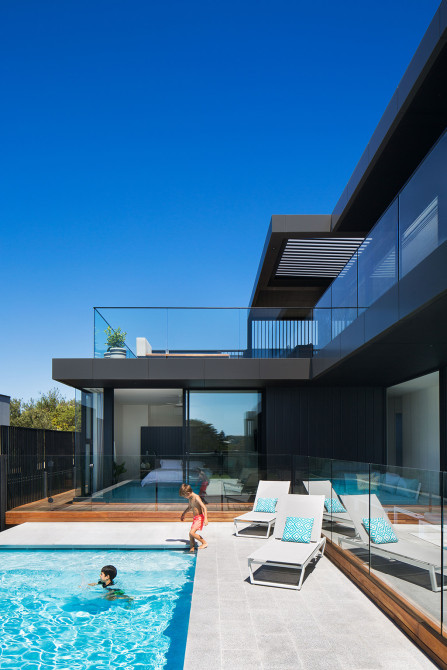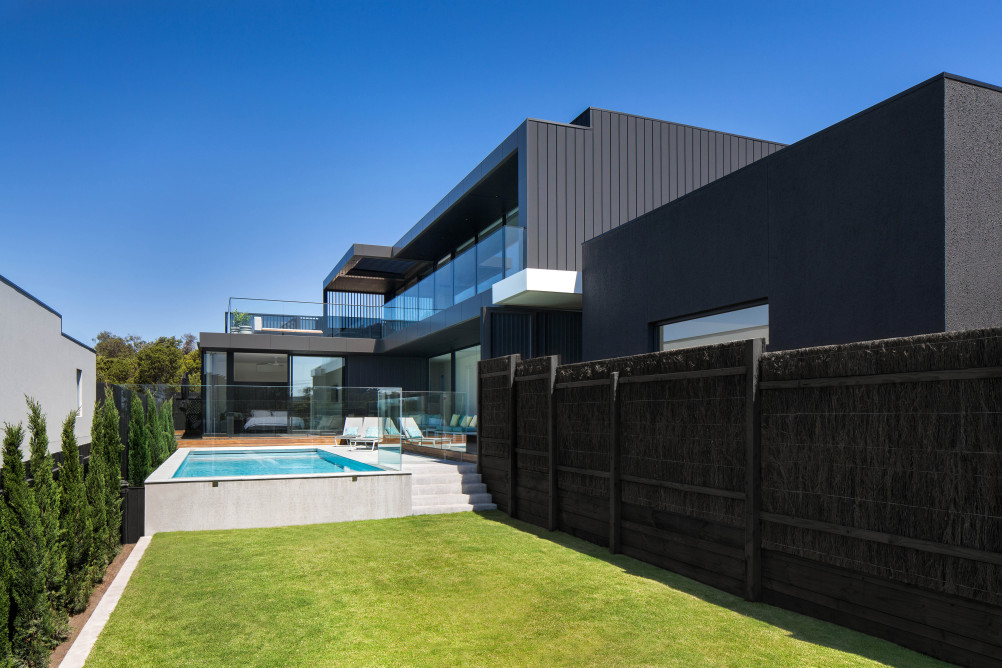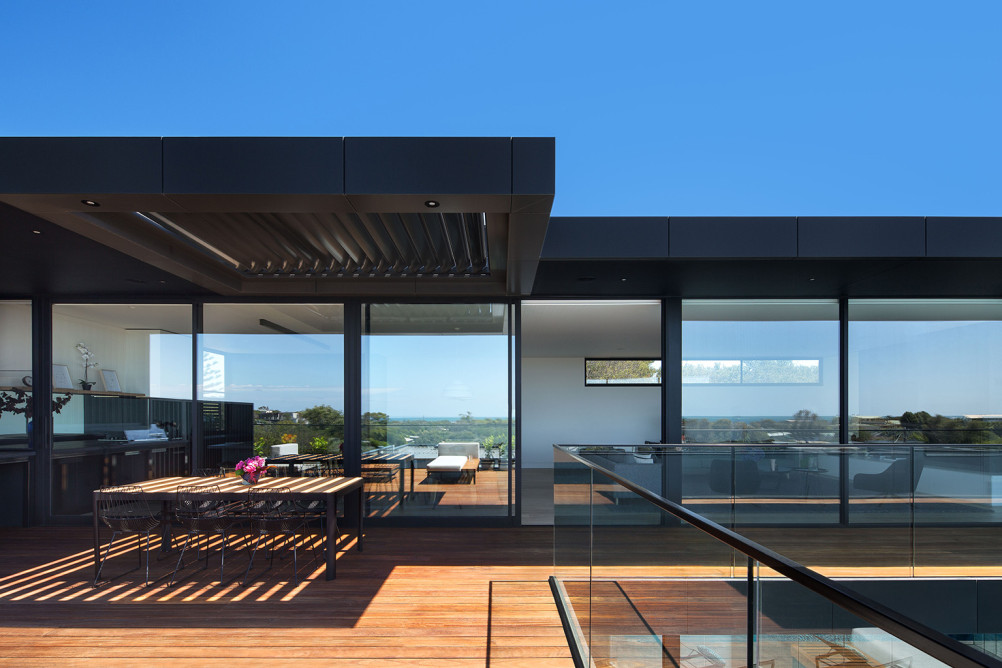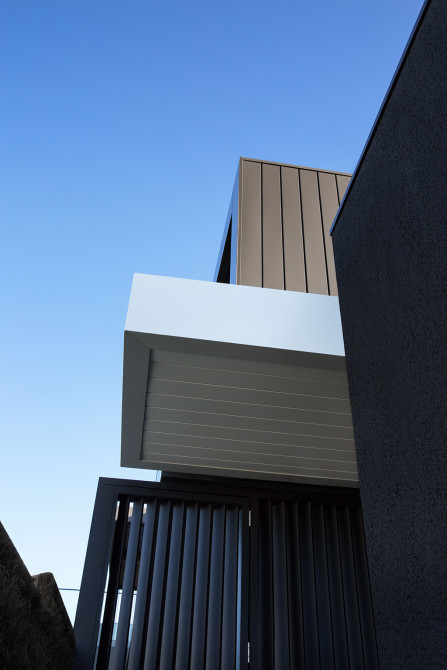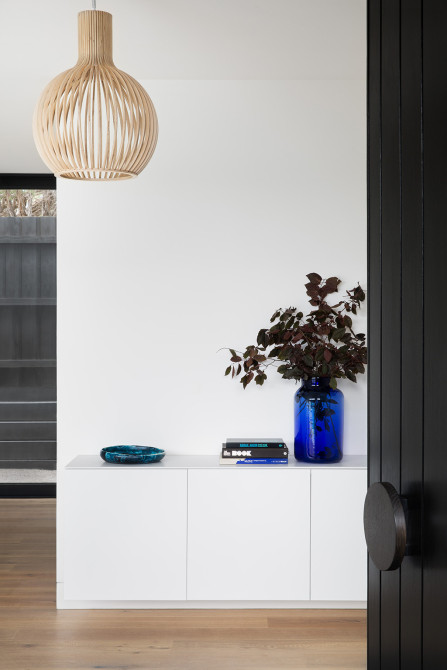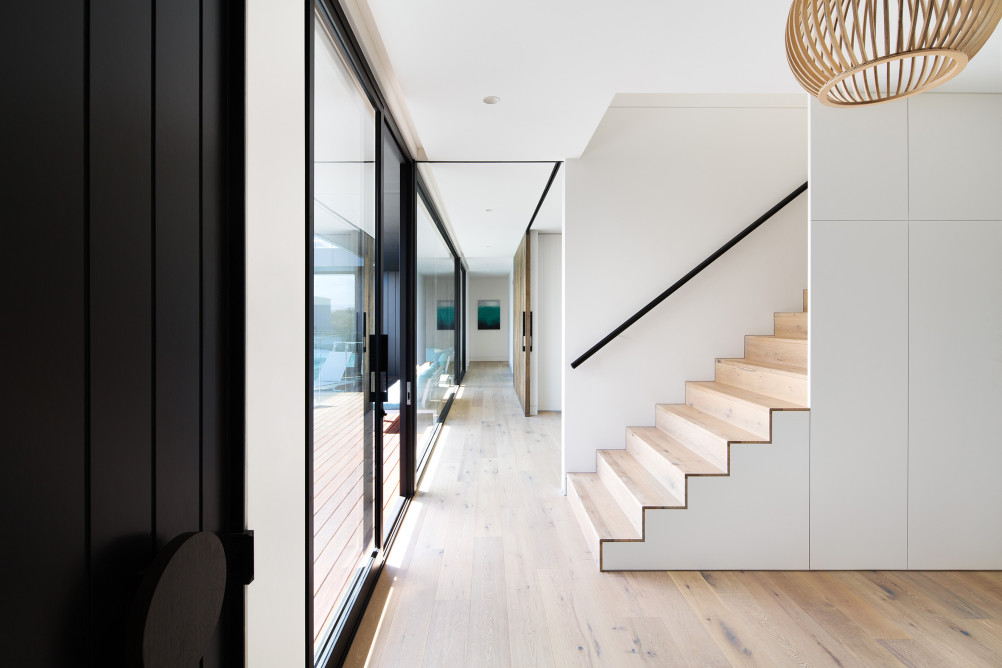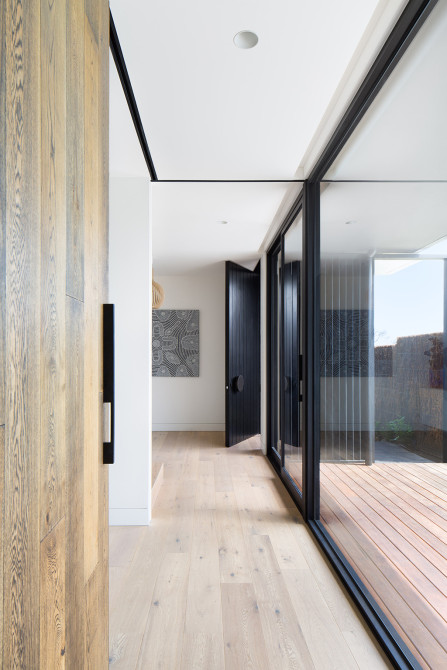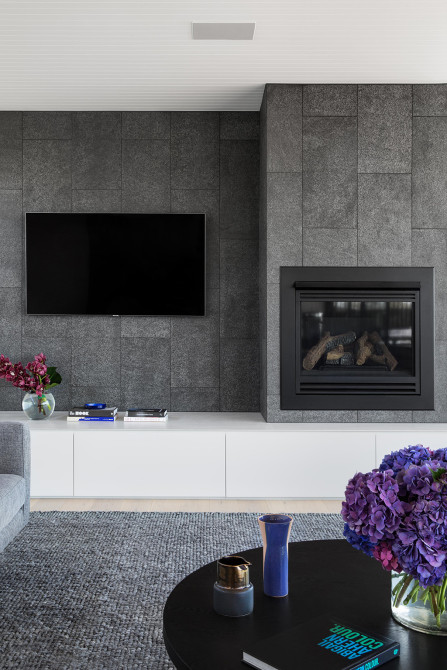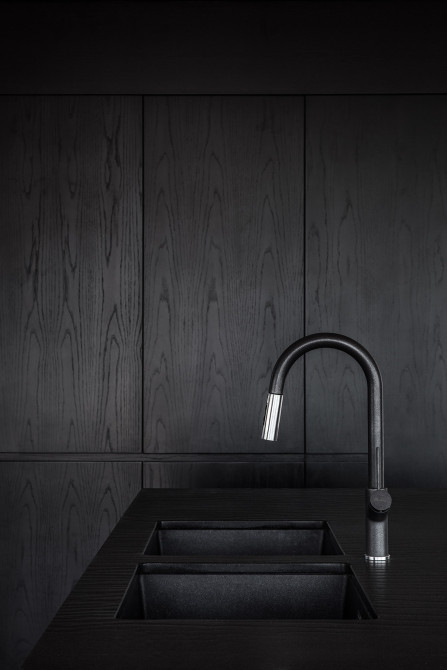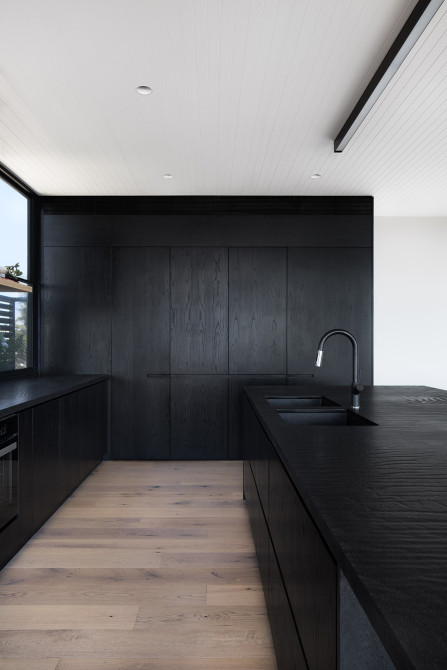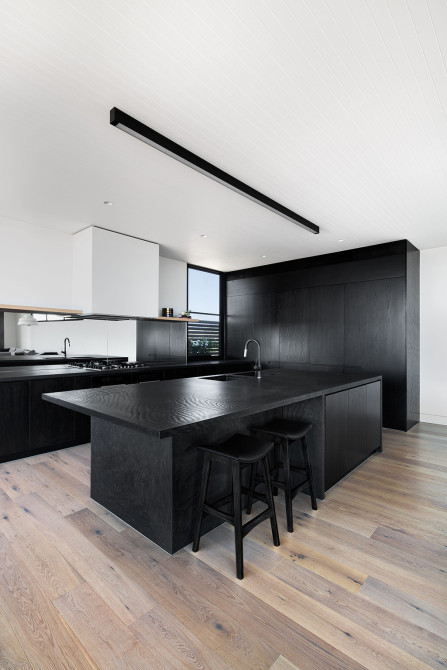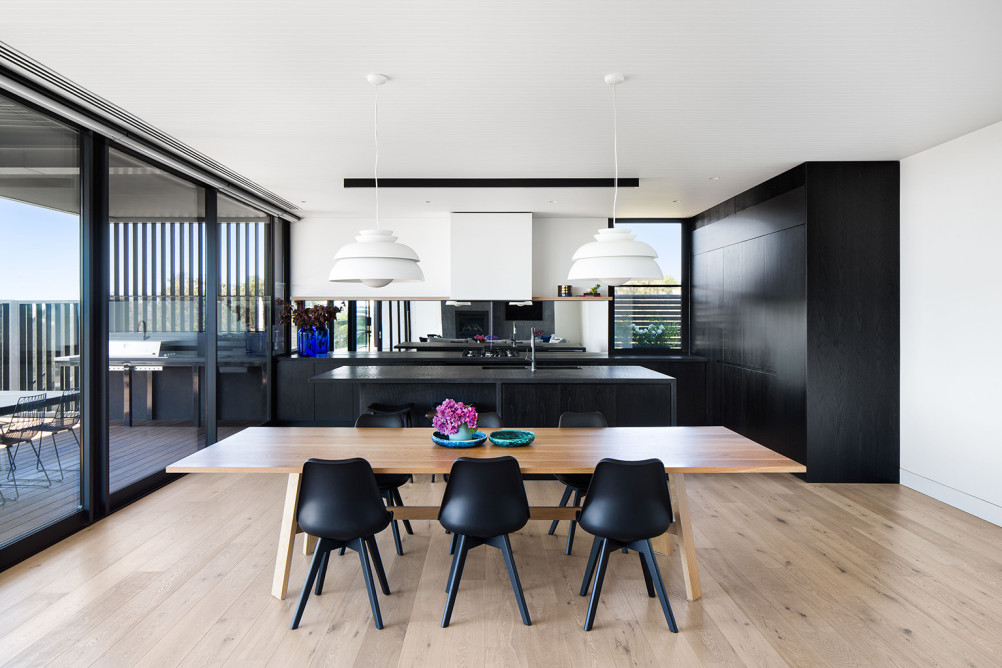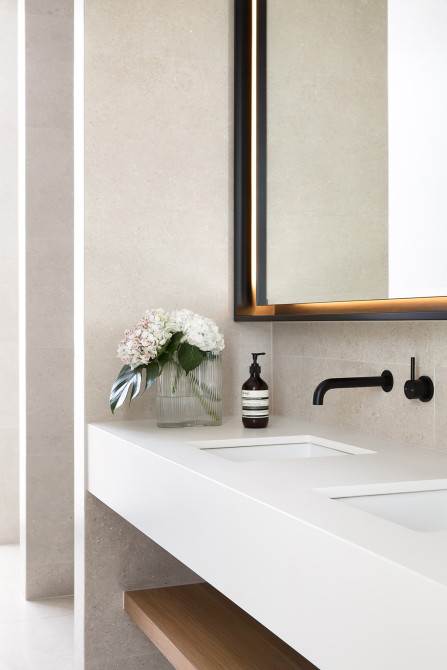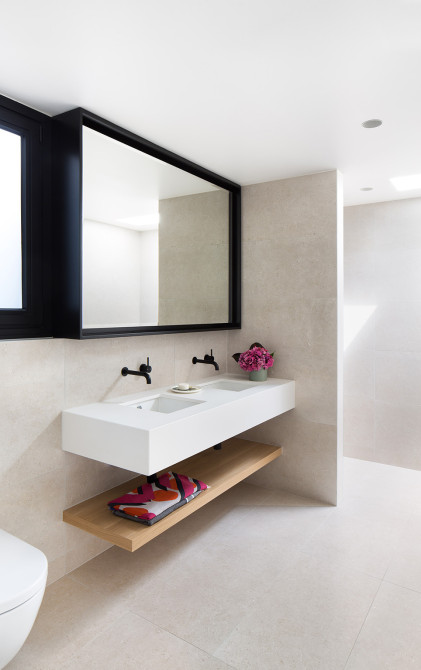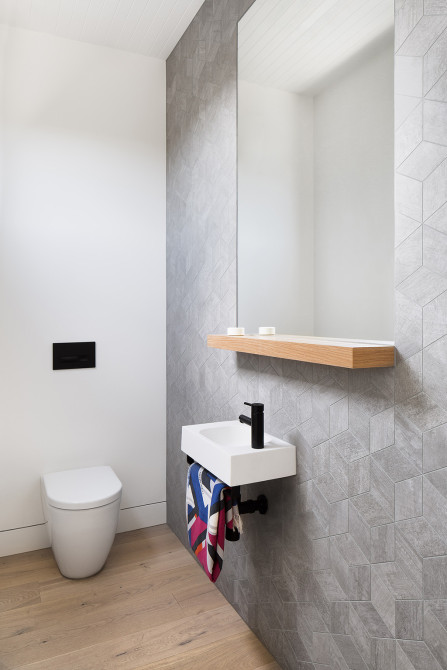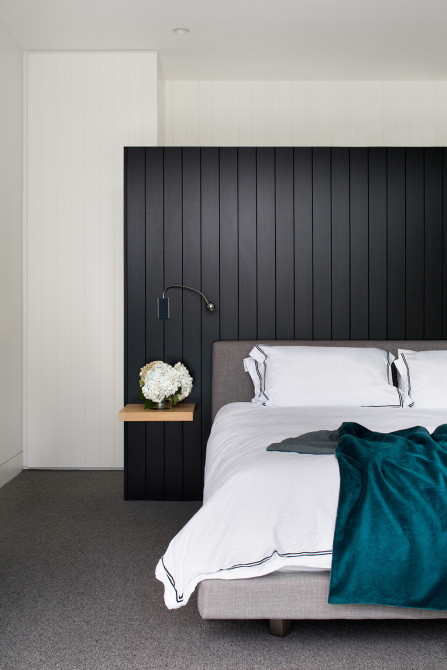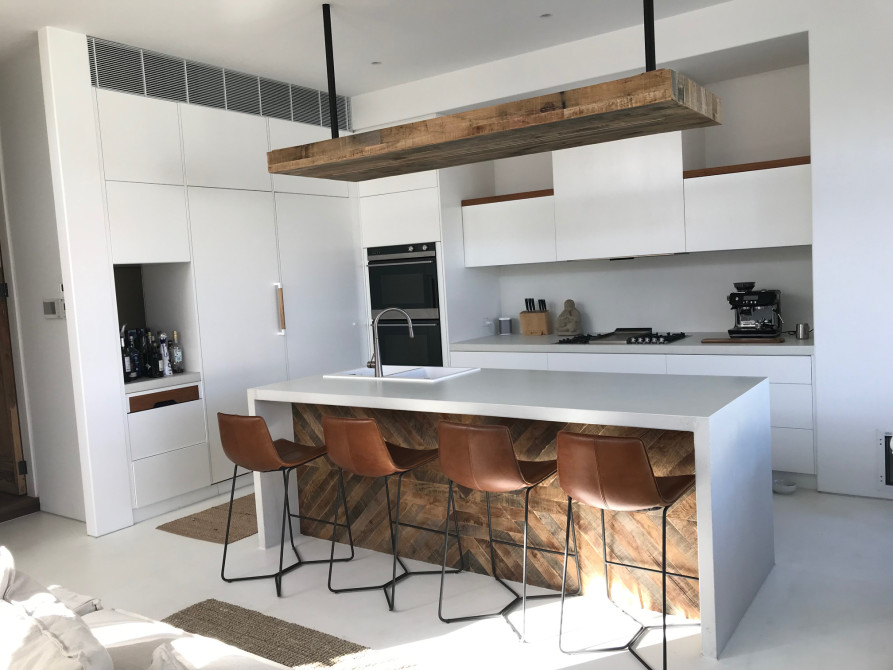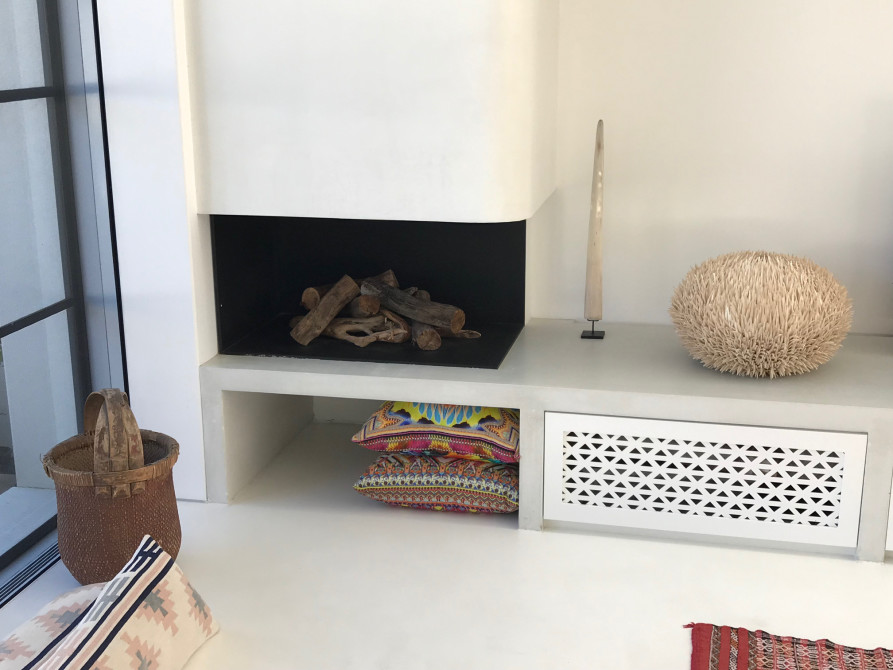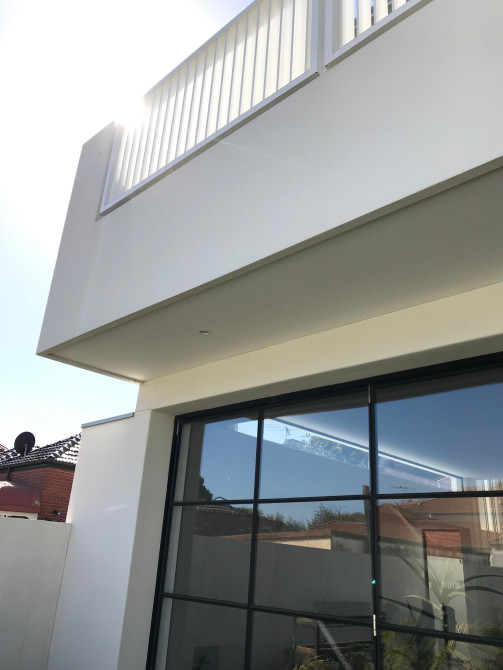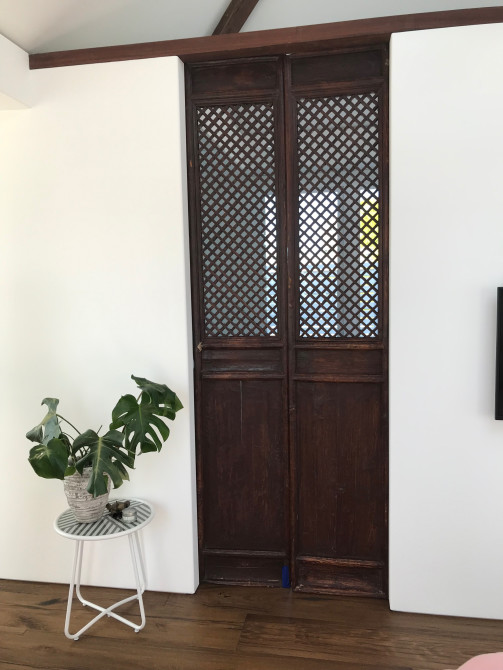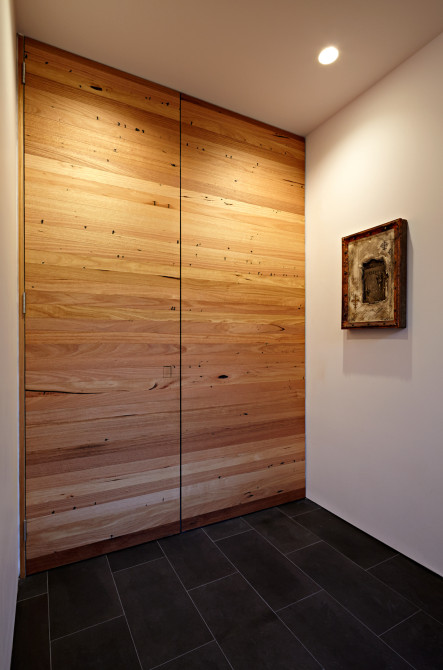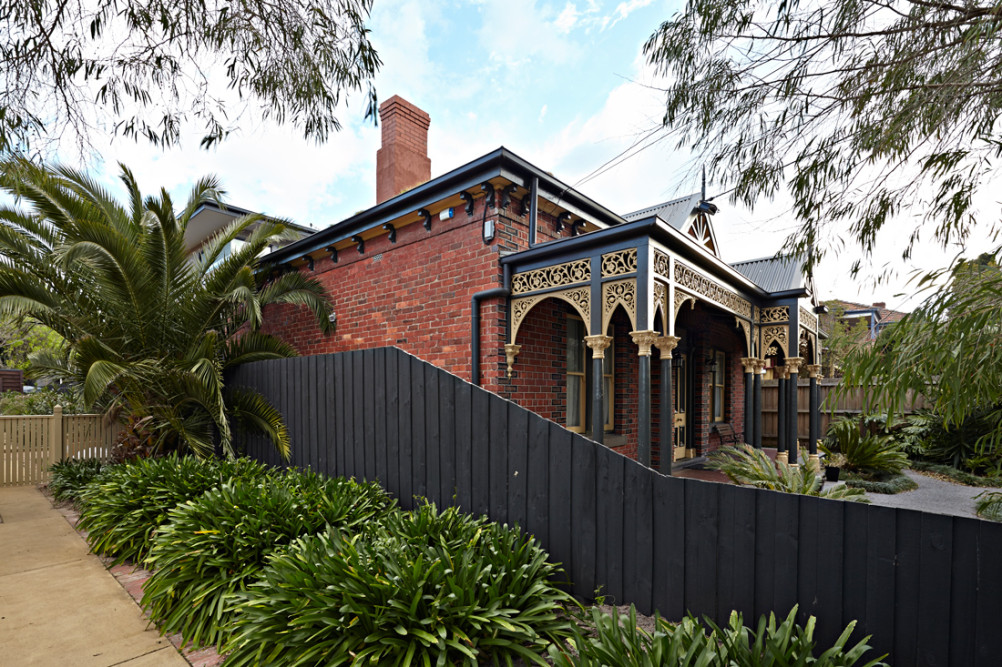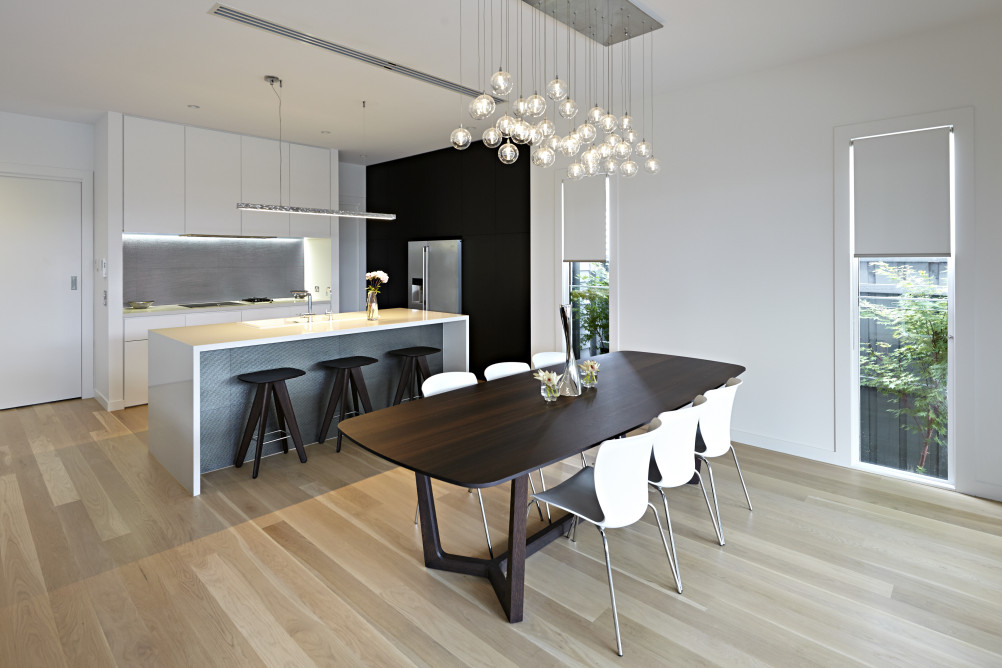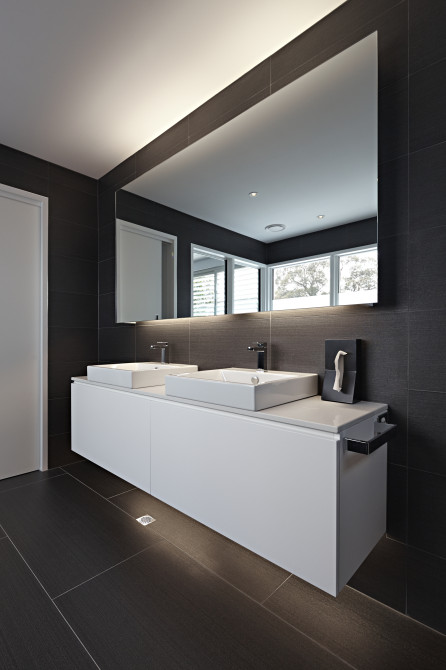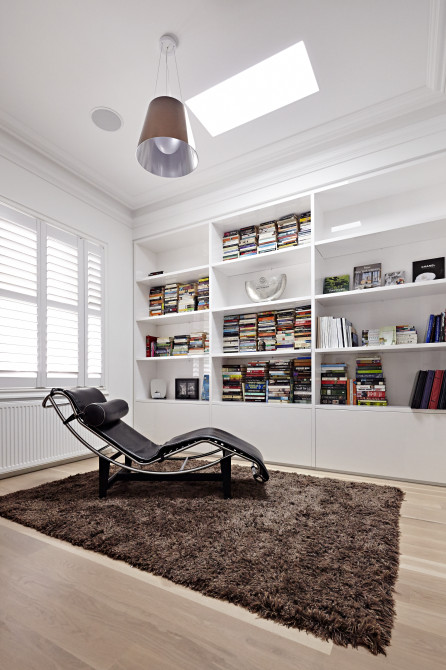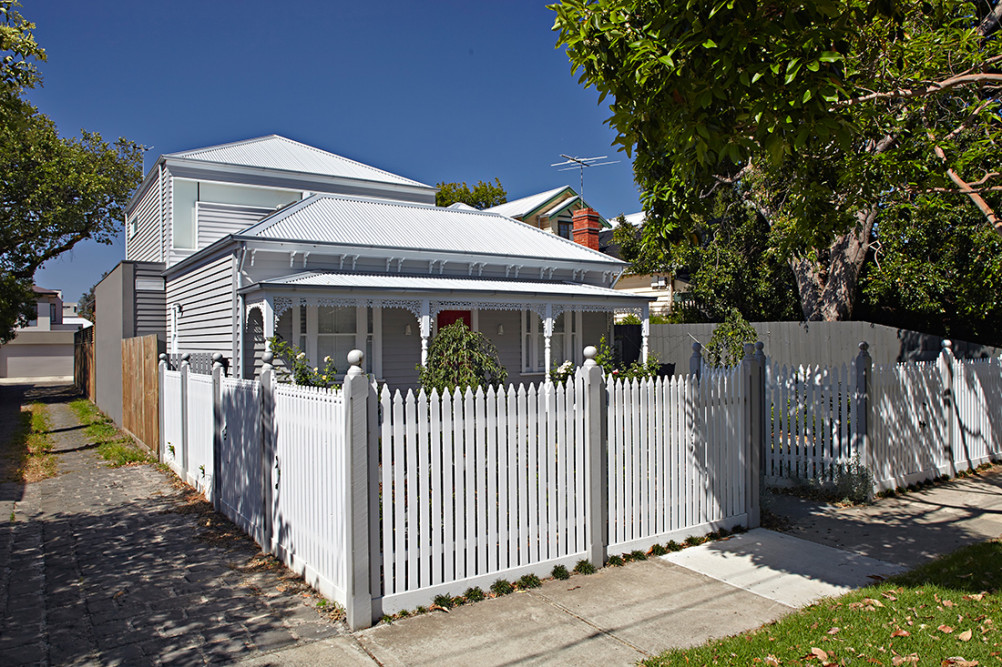Over the past 20 years working in the field of architecture, I have been involved on numerous residential projects of varying nature. It is both a privilege and a joy to work alongside my clients to create their dream home and to see the transformation and improvement in their day to day lives. Throughout my career I have seen many spectacular results. Yet I have also seen many examples of projects where things have gone terribly wrong. Most people only get to renovate or build a new home once in their lifetime. For this reason this process should be treated with the utmost respect and care as getting it wrong can be detrimental to one’s financial situation and lifestyle. The renovation or construction of your new home should be a life-changing experience. The optimal end result should be a home that exceeds all of your expectations – spatially, functionally, financially, and most importantly experientially. In some cases however, people have gone down the path of making rash and uninformed decisions or engaging low cost drafting services. The end result has been devastating to their finances, personal relationships and quality of life.
Of the many errors and oversights that can be made, below are the 3 most common mistakes that people make when renovating or building their new home.
- They fail to properly qualify a property for their dream home.
First and foremost, a property needs to be able to accommodate all of your spatial and functional requirements. It must enable the use that you are proposing and the proposal must physically fit on the site once all of the technical and regulatory restrictions and the adjoining properties are taken into consideration. Can the property meet all of your needs? These needs include spatial and functional requirements; energy efficiency requirements – do we have access to natural light, sunlight and a favorable orientation (preferably north); and regulatory requirements – are there any regulatory restrictions (town planning or building regulations etc) which do not permit what you are proposing to build. Proceeding without a thorough investigation of the opportunities and constraints of a property, and what is possible on the site, is dangerous and is not recommended if you value your money.
- They fail to consider their short as well as long term requirements.
By only considering their immediate requirements, many people fail to future-proof their homes both in terms of their own changing circumstances, and also for the potential sale of the property in the future. Situations can change pretty quickly. A new unexpected arrival (more space) or the aging of it’s owners (accessibility) can dramatically change the dynamic and spatial requirements of a home and render it unsuitable for its occupants. This can be costly as the cost of further renovations, or relocating, can be quite high. To avoid this issue a home must be designed to provide flexibility of use and to accommodate all foreseeable future lifestyle scenarios that may present themselves. If the sale of the home in the medium to long term is a possibility, then the home design should also consider any special requirements that the most likely purchasers may have.
- They cut costs on professional design services and hire an “inferior” designer.
The design stage of a home or renovation is without a doubt the most important stage of a project. It is where the brief and budget are carefully established and met. It is where the aesthetics, natural lighting, energy efficiency, functional layout and spatial quality of the home are pre-determined. It is where technical and regulatory constraints are addressed and where opportunities are identified. Whilst the construction stage is often seen as the most important stage of a project, as it is where something visible and tangible is produced (and where the majority of the budget is spent), it is actually the design stage where the decisions with the most impact on the end result and end value are made. By the time the builder is involved it is often too late to correct the ship – and the builder can only build what has been designed. A registered architect with ample experience can design your home with your brief and budget in mind, and can successfully guide you through the entire process from concept design, town planning, contract documentation and contract administration through to the completion and handover of your beautiful new home.
The overall design and construction process is a lengthy and complex one with many obstacles and potential pitfalls along the way. It can either be a life-enhancing or life-ruining event – the choice is yours. The end result should be a home that improves your quality of life and inspires you to live better. Unfortunately, some people miss out on the joy and excitement of creating an amazing home by failing to exercise due diligence and leave it to the experts. In order to ensure the highest quality outcome and to avoid costly mistakes, a suitably qualified professional with experience in residential design, documentation and contract administration should be engaged to assist you with your new home or renovation project.
Create a Home You Love With Meraki. Meraki Creative is a Melbourne based architectural practice specialising in residential architecture and interior design. We create beautiful homes that maximize space, light and enjoyment. Contact us to discuss your renovation or new home requirements.
